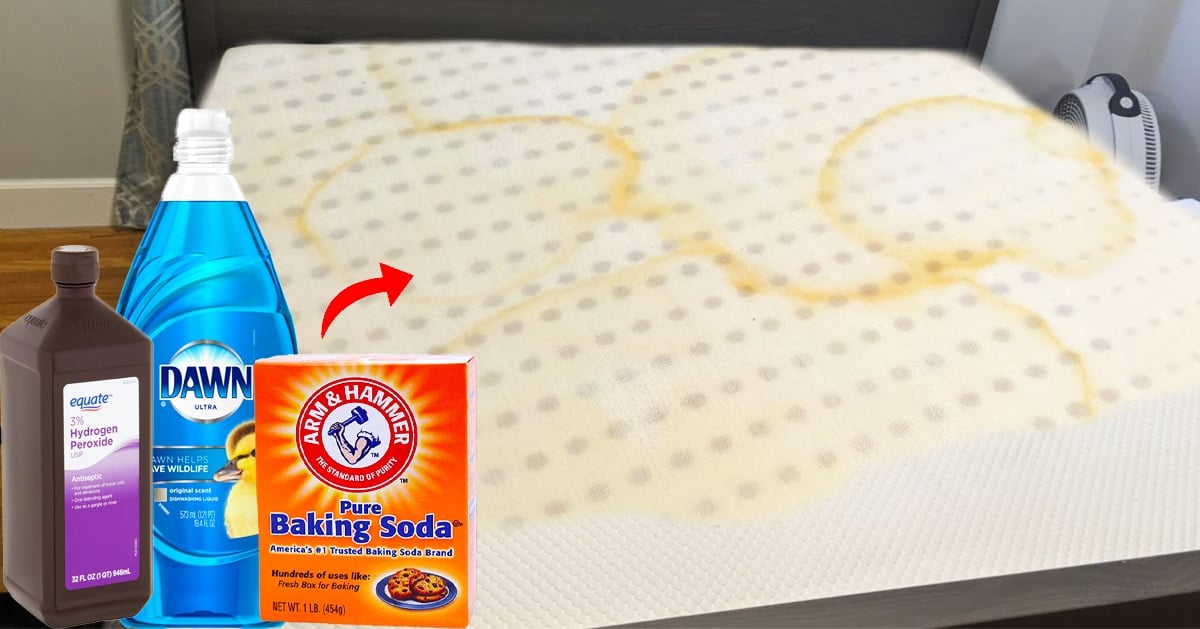

We can check the threshold values of different generations of the garbage collector using the get_threshold() method: import gcĪs you see, here we have a threshold of 700 for the first generation, and 10 for each of the other two generations. The gc module includes functions to change the threshold value, trigger a garbage collection process manually, disable the garbage collection process, etc. This is because newer objects are more likely to be discarded than old objects. Specifically, when the threshold of number of allocations minus the number of de0allocations is exceeded, that generation will run garbage collection.Įarlier generations are also garbage collected more often than the higher generations.

Each of the 3 generations of the garbage collector has a threshold. As the object survives garbage collection, it will be moved up to the next generations.

A new object at the starting point of it's life cycle is the first generation of the garbage collector. The Python garbage collector has three generations in which objects are classified. You can see that the garbage collection in Python is fully automated and the programmer does not need worry about it, unlike languages like C.

When we delete the object x and try to use it, we get an error stating that the variable x is not defined. If you look at the first 2 lines of the above program, object x is known. Furthermore, Python is a dynamically typed language which means that we do not need to declare the variables or their types before using them in a program. Objects can either be simple (containing numbers, strings, etc.) or containers (dictionaries, lists, or user defined classes). Python Objects in MemoryĮach variable in Python acts as an object. The allocation and de-allocation of this heap space is controlled by the Python Memory manager through the use of API functions. The memory is a heap that contains objects and other data structures used in the program. Similarly, the reference count decreases when the reference to an object is reassigned, when the object's reference goes out of scope, or when an object is deleted. The reference count increases if an object is assigned a new name or is placed in a container, like tuple or dictionary. The Python Garbage Collector (GC) runs during the program execution and is triggered if the reference count reduces to zero. This process in which Python frees blocks of memory that are no longer used is called Garbage Collection.
#Memory clean 3 upgrade coupon free
Python Garbage CollectionĪs explained earlier, Python deletes objects that are no longer referenced in the program to free up memory space. The reclaimed memory can be used by other objects. The user need not to worry about memory management as the process of allocation and de-allocation of memory is fully automatic. When an object's reference count drops to zero, which means the object is no longer being used, the garbage collector (part of the memory manager) automatically frees the memory from that particular object. This means that the memory manager keeps track of the number of references to each object in the program. Unlike C, Java, and other programming languages, Python manages objects by using reference counting. In Python, the memory manager is responsible for these kinds of tasks by periodically running to clean up, allocate, and manage the memory. Memory management also involves cleaning memory of objects that are no longer being accessed. Memory management is the process of efficiently allocating, de-allocating, and coordinating memory so that all the different processes run smoothly and can optimally access different system resources.


 0 kommentar(er)
0 kommentar(er)
